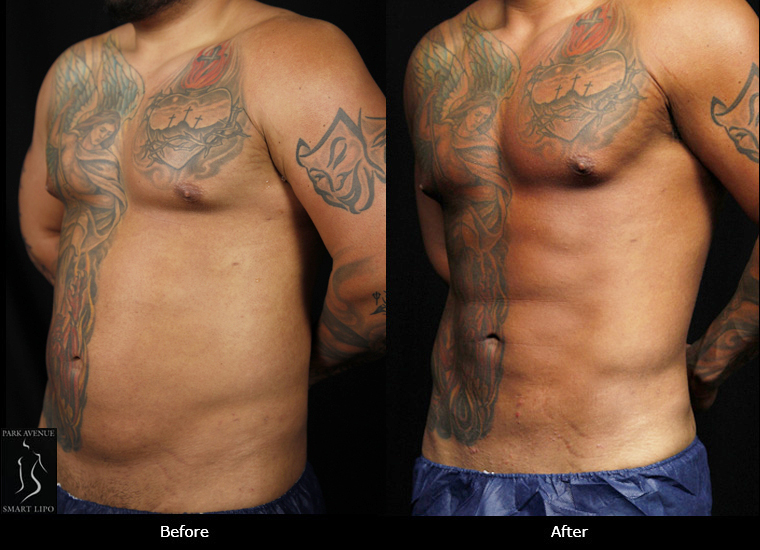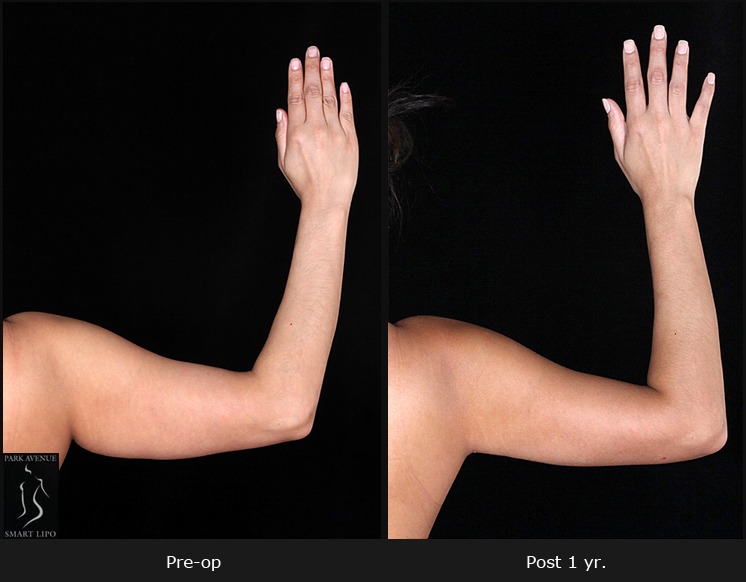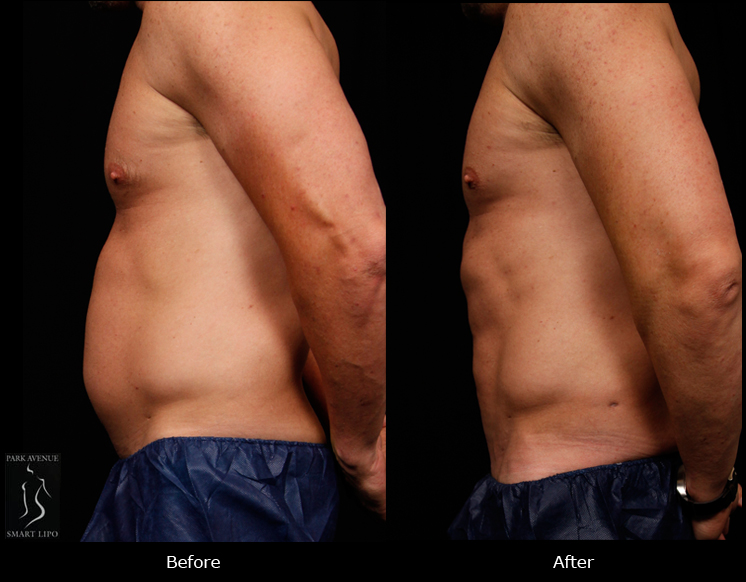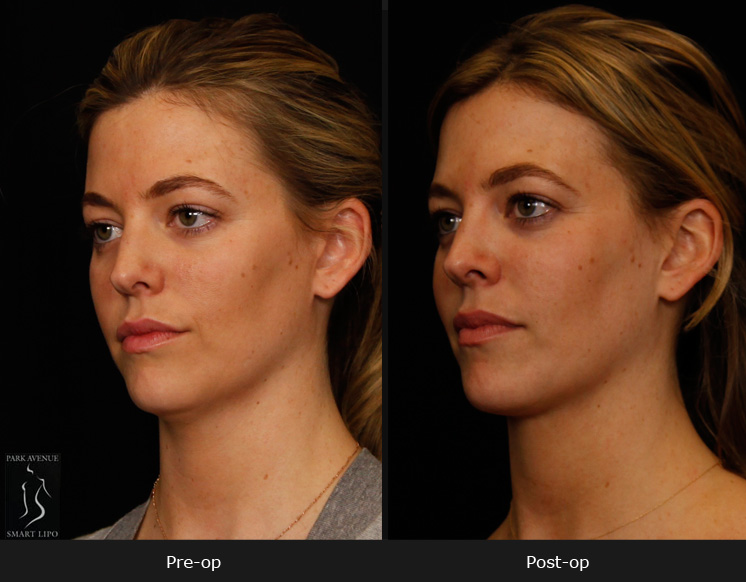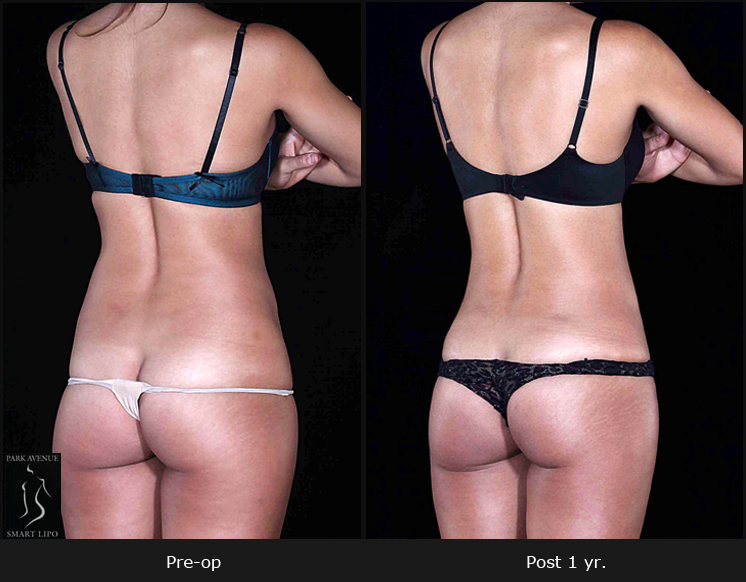Liposuction is one of the most heavily requested body contouring treatments, helping men and women get rid of fat deposits which remain unresolved even with dieting and exercise. There are several types of liposuction techniques using diverse modalities such as high frequency ultrasound, radio frequency energy, laser lipolysis, and more. Regardless of the modality or technique, there are specific considerations that can ensure optimal results, starting from the phase of choosing the surgeon to recovery after the procedure. The American Society for Dermatologic Surgery (ASDS) provides some additional tips for people going in for liposuction surgery. Let’s take a look at these do’s and don’ts.
- Perform thorough research to find the right surgeon with skills and experience in the treatment. With the right surgeon, you can expect optimal results with minimal complications. As it is important to ask a lot of relevant questions, be prepared with a set of queries. If you get satisfactory answers, you can rightly conclude that you are in the right hands and take an informed decision.
- Liposuction surgery is not a weight loss procedure and only removes those stubborn fat pockets to contour the body. So you should have healthy weight before the treatment. An ideal candidate is one who is close to normal body weight.
- Ask your surgeon about the available lipolysis techniques and how each one differs in results and benefits. A professional plastic surgeon will work with the patient to choose the optimal technique that can provide positive results for the specific case.
- Though most areas are treatable, don’t assume that all areas are treatable. Areas that can be effectively treated include the neck, chest, abdomen, buttocks, thighs, arms, waist, hips, knees and ankles.
- After the treatment is over, you should follow the surgeon’s instructions to enjoy a speedy recovery and experience optimal results. Mild activity such as walking is usually recommended the day after the surgery as it helps avoid clotting. Also, wearing compression garments helps reduce swelling.
- Adhere to the surgeon’s instructions on medications to be used before and after the surgery.
It’s very important to have realistic expectations about the results. Recovery time differs among individuals. Final results may take about three months to appear and will improve over time.

